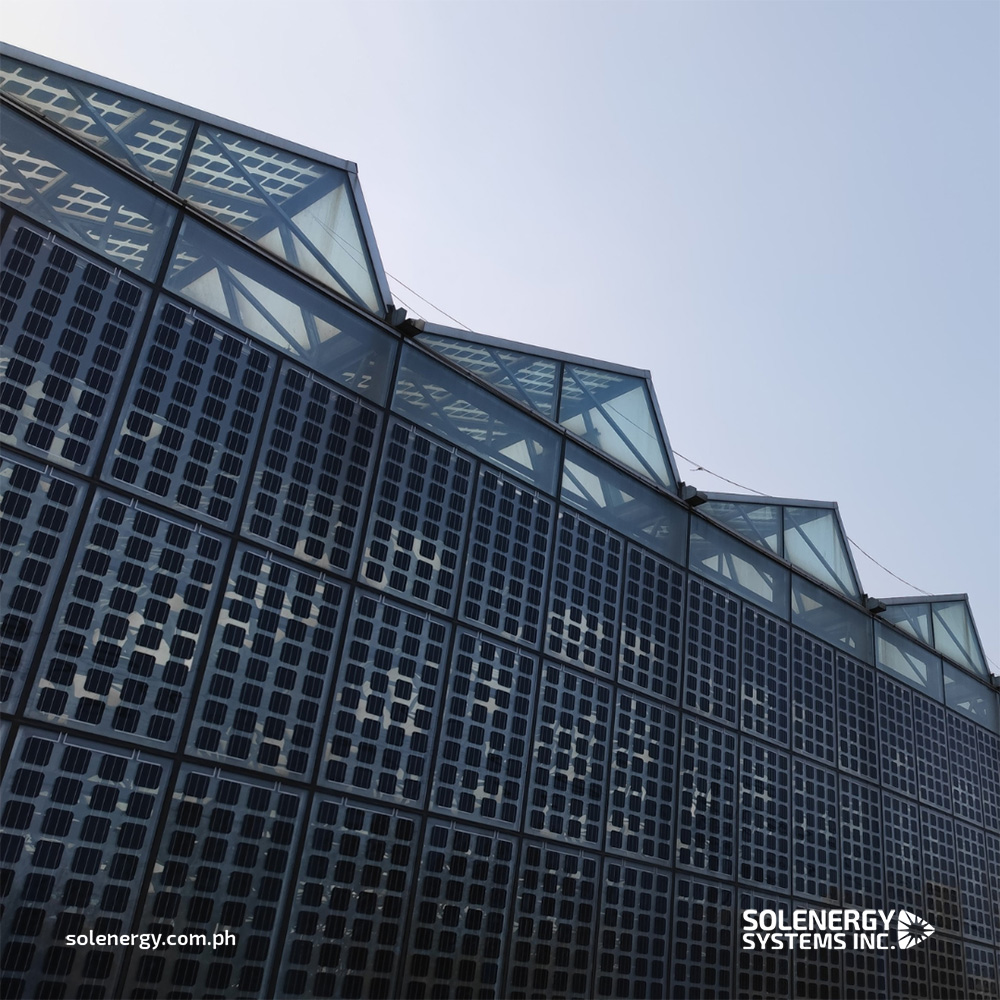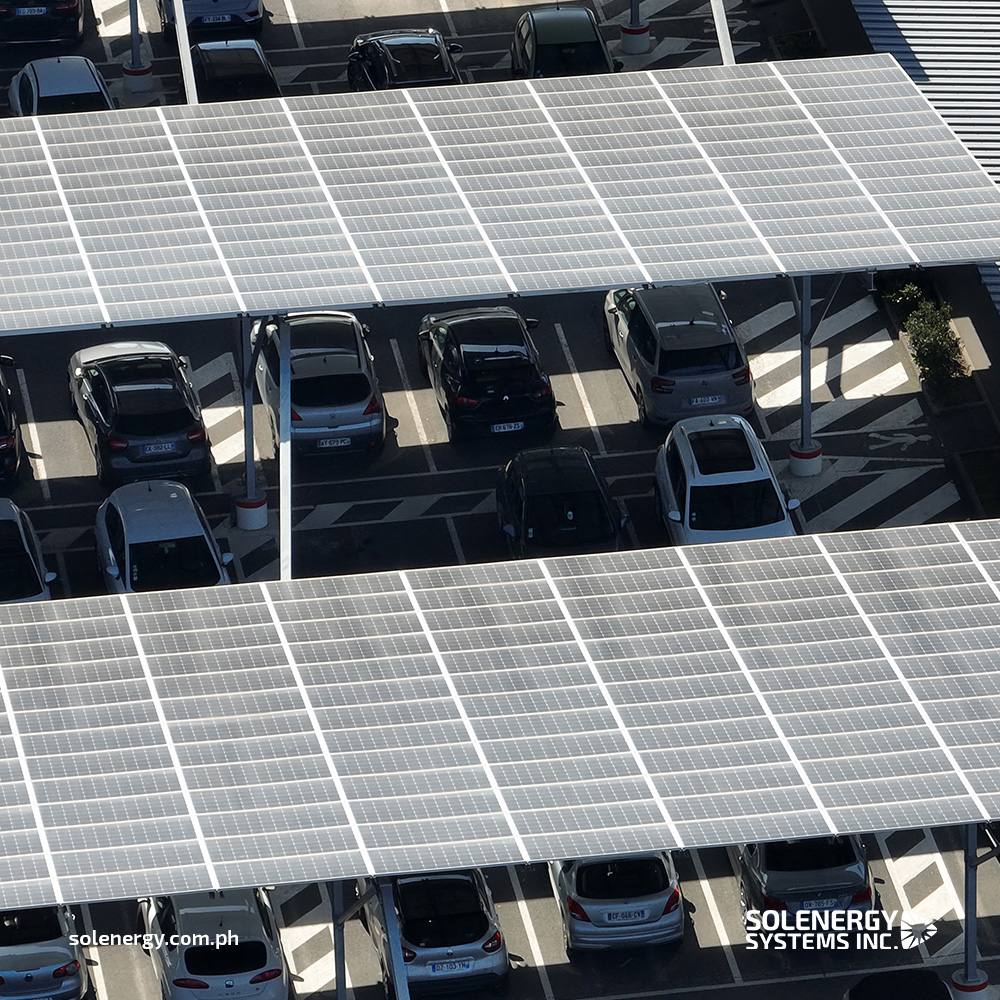Combining Building-Integrated Photovoltaics (BIPV) and the Circular Economy is a potent way to creating energy-efficient and sustainable structures. The convergence of BIPV and the Circular Economy gives a compelling potential to transform the way we design and run buildings. It is a hopeful step toward greater energy efficiency, lower greenhouse gas emissions, and a more […]
BIPV & Circular Economy: Combining RE and Sustainable Material Cycles








